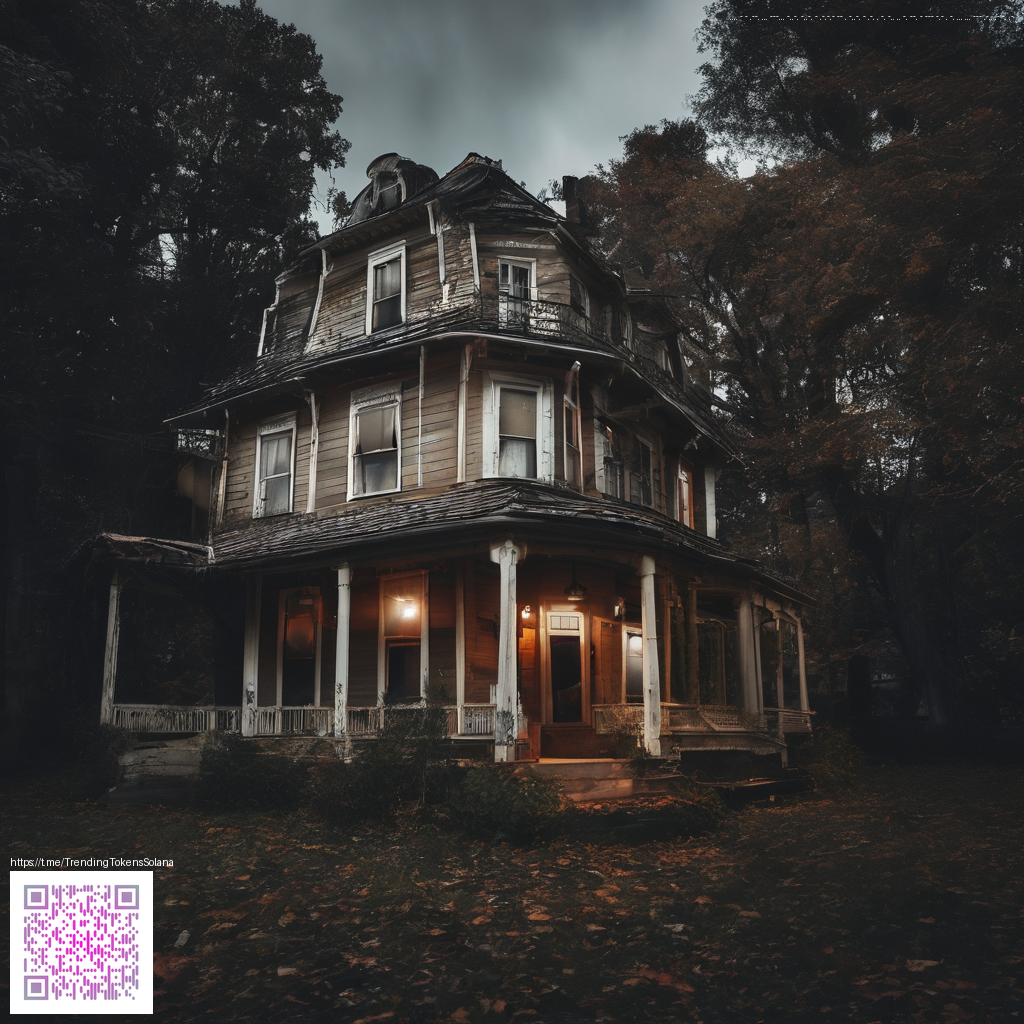
Whether you’re building ambitious redstone contraptions or simmering down to a simple automaton, command blocks open a gateway to automation in Minecraft. They let you run commands under precise conditions, turning players and blocks into a synchronized machine. The result can range from a friendly “welcome” message to a full-blown minigame with scoring, doors, and particle effects. If you’re new to the concept, think of command blocks as programmable agents that execute what you program them to do, exactly when you want. 🚀🎮✨
What is a command block, and why should you care?
A command block is a special block that executes a command when it’s triggered by a redstone signal. Unlike ordinary blocks, it doesn’t require you to click it or interact with it in the same way. Instead, you set the command inside the block, connect it to a redstone circuit, and choose how and when it should fire. This makes it a cornerstone for automation, storytelling, and interactive map design. For players who love crafting experiences, command blocks are a bridge between raw mechanics and polished gameplay. 🧩🔥
Getting started: your first command block
To obtain a command block in Creative mode, you’ll typically use the in-game command: /give @p minecraft:command_block. Then place the block somewhere accessible and open its interface. Inside, you’ll type the command you want to run and choose how it should be activated—via a pressure plate, a redstone clock, a button, or a tripwire. Don’t forget to enable “Always Active” if you want it to fire without additional inputs. It’s a simple setup, but the potential grows with your imagination. 📦✨
Triggers that make your builds come alive
- Redstone signals: pulse a piston, toggle doors, or trigger a trap when a player steps on a pressure plate. ⚡
- Chain logic using chain command blocks to create multi-step workflows. 🔗
- Repetition and impulse modes to create loops or one-off actions. 🔁
- Conditional blocks that only fire if the prior command succeeded, enabling complex branching. 🧭
“Plan your command-block journey like writing a script: outline the goal, map the triggers, and test in small steps.” 💬
Practical design patterns you can use today
Start with a simple automation: a sign that greets players and dispenses a starter item when they step onto a podium. Then scale to more ambitious patterns—multi-room minigames, treasure hunts, or interactive tutorials. A classic pattern is a scoreboard-driven gate that opens only when players reach a target score. With a few blocks and a couple of commands, you can transform a flat world into an interactive experience. 🏁🪄
For those who love clarity, break your project into phases: (1) define the outcome, (2) select triggers, (3) test each block in isolation, and (4) assemble into a cohesive flow. The beauty of command blocks is that you can iterate quickly—swap a command, tweak a condition, and re-run your test without rebuilding the entire scene. 💡🛠️
Simple command examples you’ll reuse
Here are a few starter lines you can adapt. Keep them handy as you prototype new features:
/say Welcome to the redstone gauntlet!/give @p minecraft:diamond 1/tp @p ~10 ~0 ~0/summon minecraft:cow ~ ~1 ~/execute as @a[score_points_min=10] run say You unlocked the gate!Remember, you can chain commands with a chain command block to build more sophisticated sequences. The flow becomes a storytelling engine—perfect for adventure maps and curated challenges. 🚦🎯
Best practices for clean, efficient command-block builds
As your setups grow, organization becomes key. Use clear naming conventions in your commands, label redstone pathways, and document the purpose of each block in your map’s signage. A tidy build is easier to debug and expands more gracefully as you add features. If you’re sharing your map with friends or a community, consider including a short readme that explains the triggers and outcomes. 📚🧭
Performance matters, too. Excessive chain blocks or overly frequent repetitions can strain frame rates on busy worlds. Start lean, test often, and profile your redstone activity. When in doubt, pause automation during heavy gameplay moments and re-enable it during quieter stretches. Your world will thank you with smoother performance and longer play sessions. 🕹️💤
Where to go next: learning paths and community resources
Beyond the basics, you’ll discover powerful patterns in community tutorials, map showcases, and challenge ecosystems. Reading guides, watching creator streams, and experimenting with hands-on projects accelerates mastery. If you want to explore a concise reference alongside your in-game experiments, you can visit the landing page for broader insights and examples. https://z-landing.zero-static.xyz/index.html might be a helpful companion as you broaden your toolkit. 🧭🌍
While you experiment in Minecraft, you may also want a reliable setup for your real-world device. If you’re on the go, a sturdy accessory like the MagSafe Phone Case with Card Holder (Polycarbonate, Slim) can keep your phone protected during long play sessions. A compact case protects your device during travel between biomes, campuses, or LAN parties. 📱💼
From idea to interactive map: a quick blueprint
Think of your command-block project as three layers: intent, triggers, and outcomes. Start with a clear goal—what should players experience? Then map out the triggers that will fire the command blocks—redstone signals, player actions, or time-based clocks. Finally, define the outcomes: messages, items granted, creatures spawned, doors opened, or the world state changed. When you keep these layers in focus, your builds become reliable, repeatable, and fun to share. 🧭🎉
As you refine your craft, celebrate small wins: a block that portals players to a new area, a scoreboard that reflects progress, or a door that unlocks with a clever combination of commands. The thrill of seeing a player step into a fully realized sequence is what makes command blocks so compelling. And with practice, your Minecraft world can feel as polished and immersive as any crafted adventure. 🥳🔐
Similar Content
Explore related resources and keep exploring more ideas: